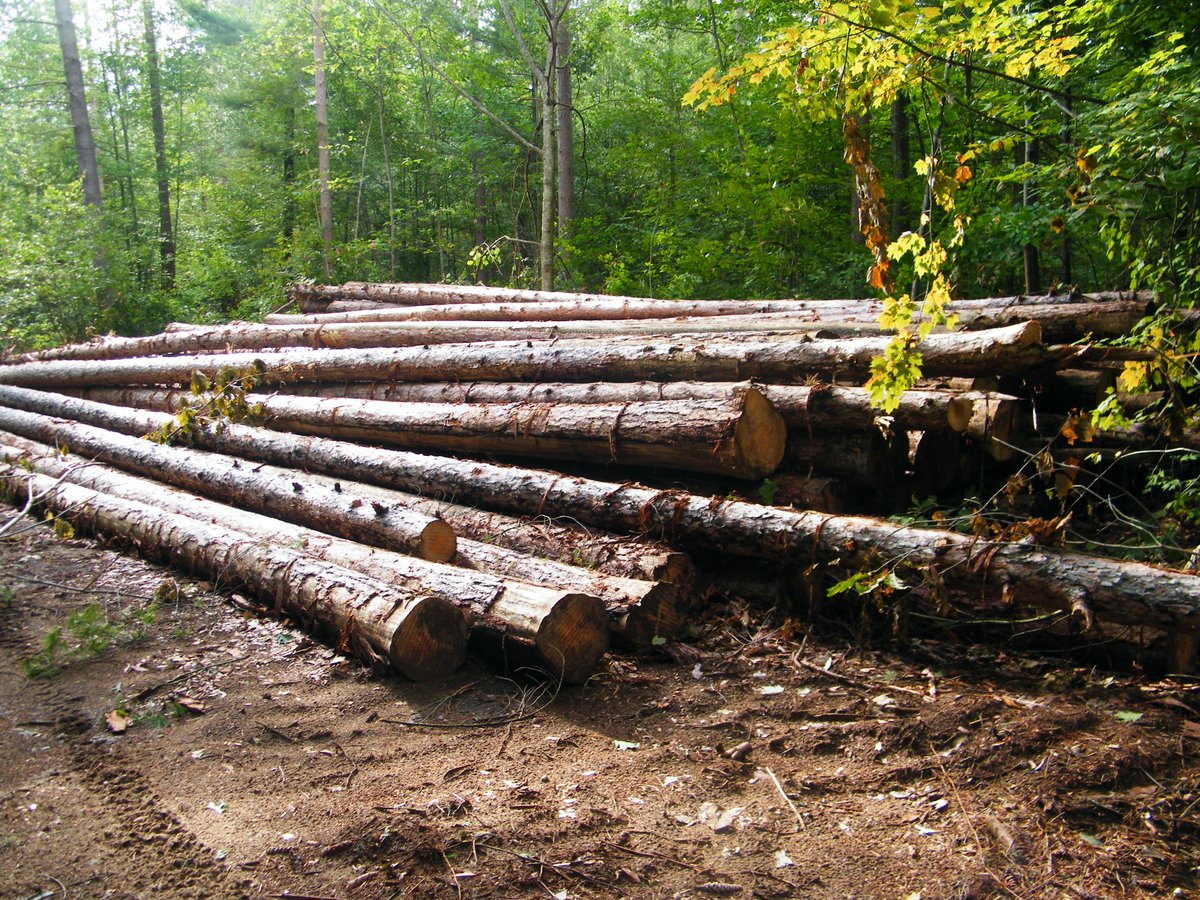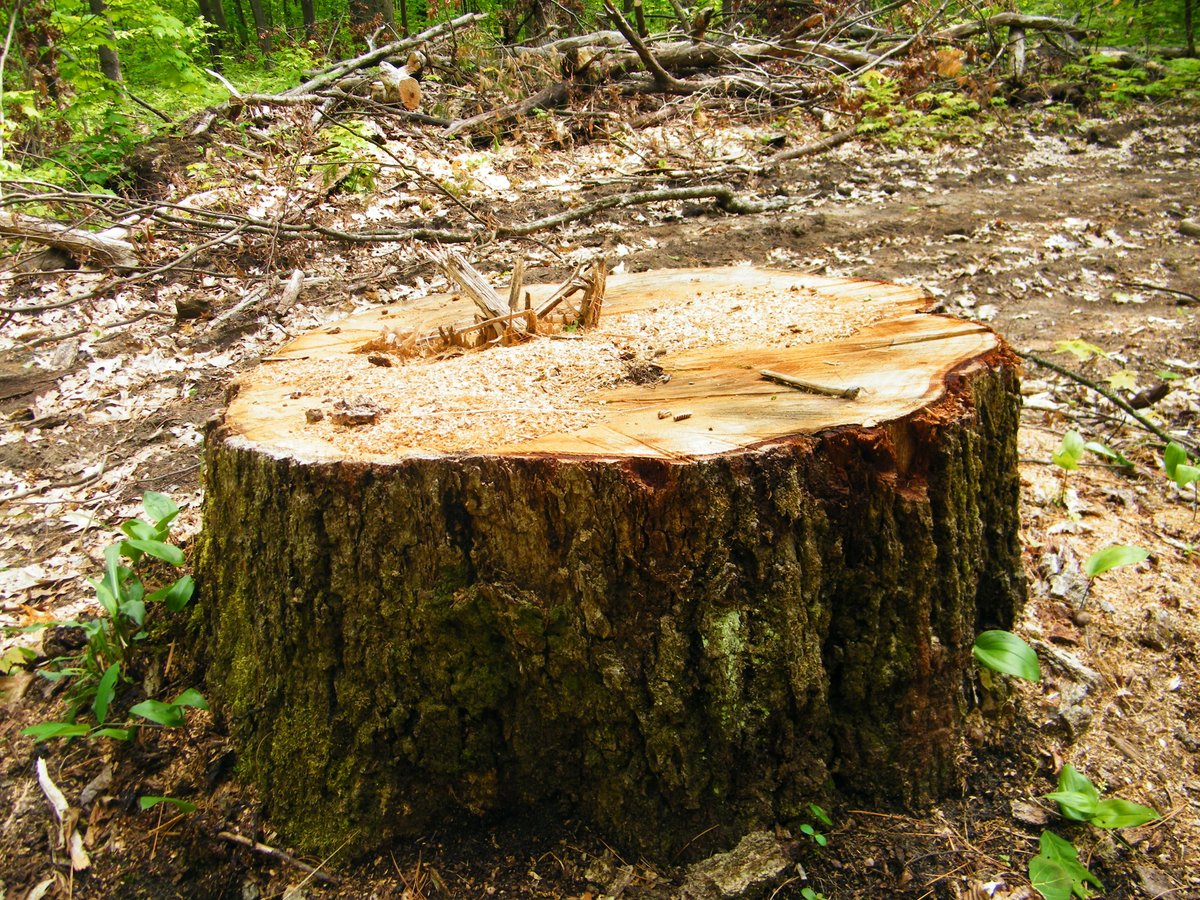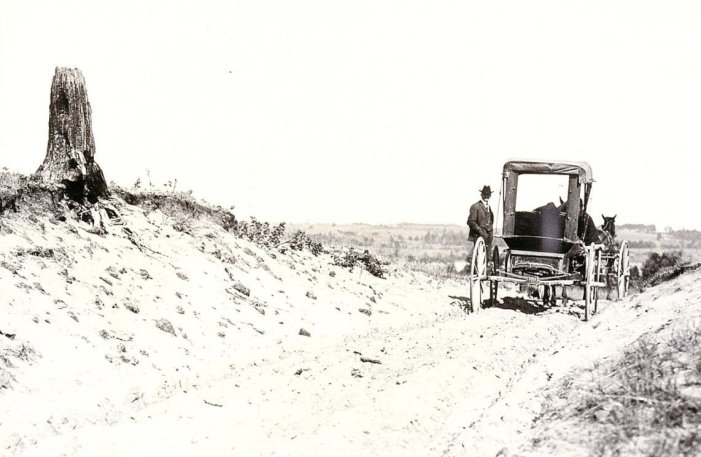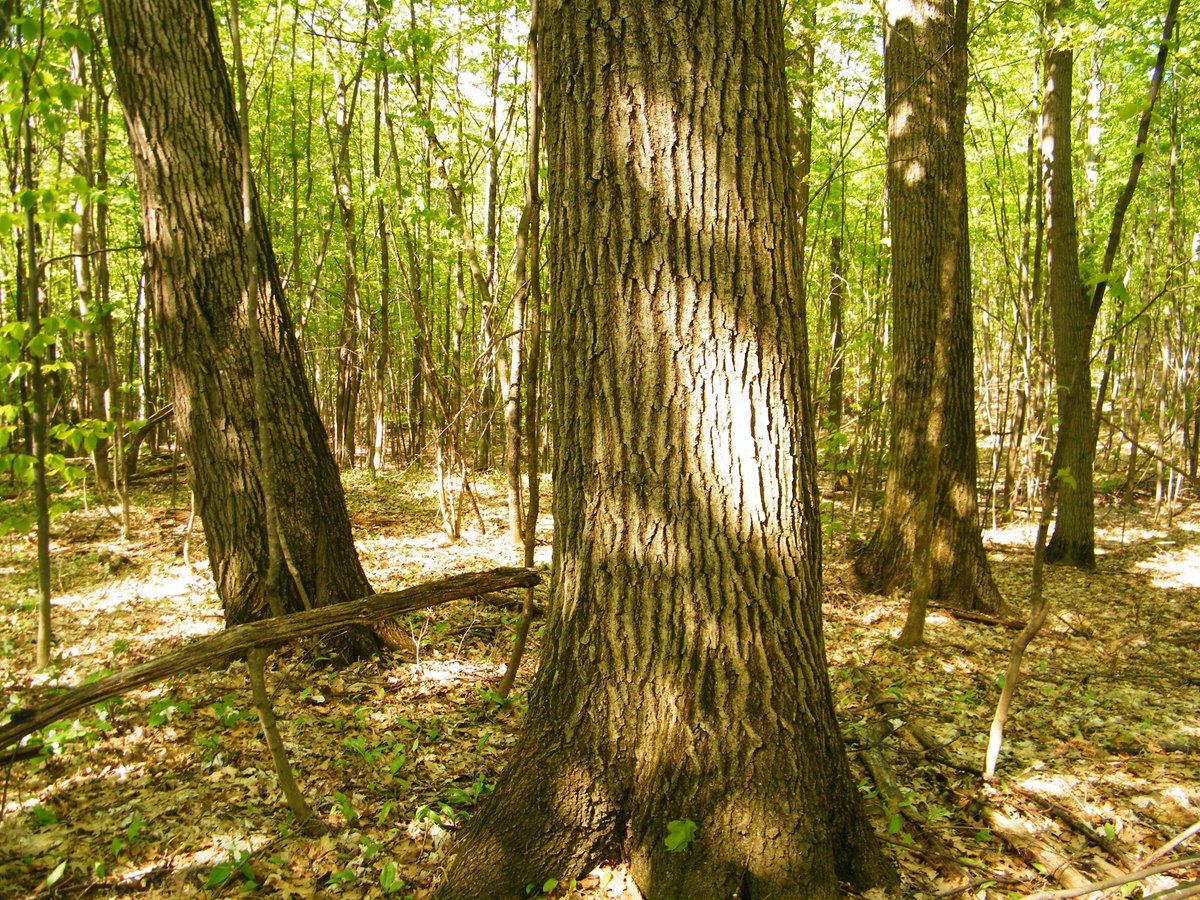#GVRAT1000k day 121. Noticed that the loggers had moved on to another local forest & stopped by to see how it looked. They did a quite a good job of tidying up, though the ruts from the heavy equipment will take a while to heal. After & before pictures. #ThisWillBeAThread  https://abs.twimg.com/emoji/v2/... draggable="false" alt="🌳" title="Laubbaum" aria-label="Emoji: Laubbaum">
https://abs.twimg.com/emoji/v2/... draggable="false" alt="🌳" title="Laubbaum" aria-label="Emoji: Laubbaum"> https://abs.twimg.com/emoji/v2/... draggable="false" alt="🌲" title="Immergrüner Baum" aria-label="Emoji: Immergrüner Baum">
https://abs.twimg.com/emoji/v2/... draggable="false" alt="🌲" title="Immergrüner Baum" aria-label="Emoji: Immergrüner Baum">
The trees that were harvested this time around was a replantation. It will actually giving a younger generation of mixed hardwood a better chance to regenerate. This area has quite a history. Timber barons in the 1800& #39;s saw the forest as a nearly inexhaustible supply of timber.
The early settlers saw the forests as an impediment to farming. Vast areas were cleared & burned. For 100 yrs local forests fell to the lumberjack axe. No thought of conservation for tomorrow. The slash from logging was left to burn & re-burn, until nothing left but barren plain.
Photo from1906 taken by E.J. Zavitz, this area was known as the Oro Lake Wasteland as it was a literal desert. The land was literally too sandy to support any agriculture & the homesteads were deserted. People in history recall the night skies were red from the slash and burn.

 Read on Twitter
Read on Twitter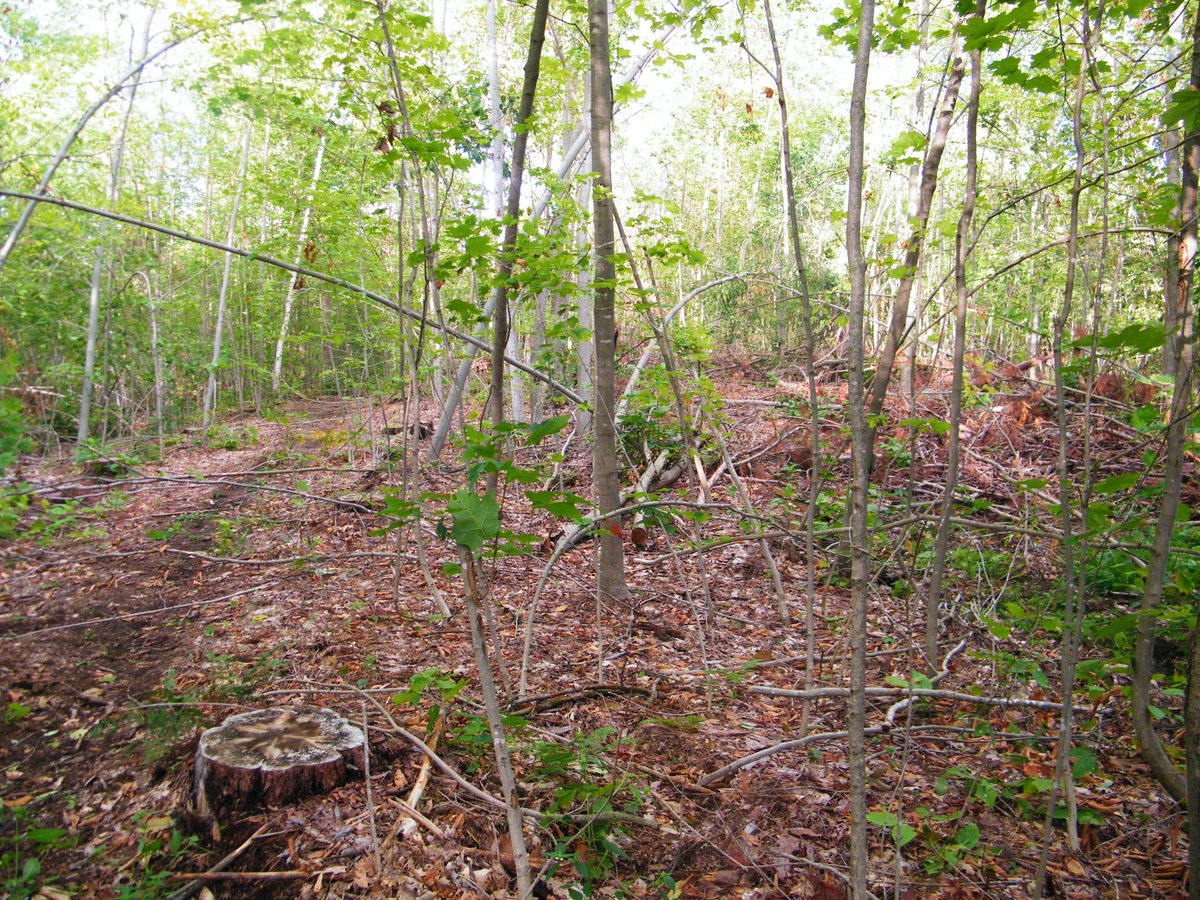 https://abs.twimg.com/emoji/v2/... draggable="false" alt="🌲" title="Immergrüner Baum" aria-label="Emoji: Immergrüner Baum">" title=" #GVRAT1000k day 121. Noticed that the loggers had moved on to another local forest & stopped by to see how it looked. They did a quite a good job of tidying up, though the ruts from the heavy equipment will take a while to heal. After & before pictures. #ThisWillBeAThread https://abs.twimg.com/emoji/v2/... draggable="false" alt="🌳" title="Laubbaum" aria-label="Emoji: Laubbaum">https://abs.twimg.com/emoji/v2/... draggable="false" alt="🌲" title="Immergrüner Baum" aria-label="Emoji: Immergrüner Baum">">
https://abs.twimg.com/emoji/v2/... draggable="false" alt="🌲" title="Immergrüner Baum" aria-label="Emoji: Immergrüner Baum">" title=" #GVRAT1000k day 121. Noticed that the loggers had moved on to another local forest & stopped by to see how it looked. They did a quite a good job of tidying up, though the ruts from the heavy equipment will take a while to heal. After & before pictures. #ThisWillBeAThread https://abs.twimg.com/emoji/v2/... draggable="false" alt="🌳" title="Laubbaum" aria-label="Emoji: Laubbaum">https://abs.twimg.com/emoji/v2/... draggable="false" alt="🌲" title="Immergrüner Baum" aria-label="Emoji: Immergrüner Baum">">
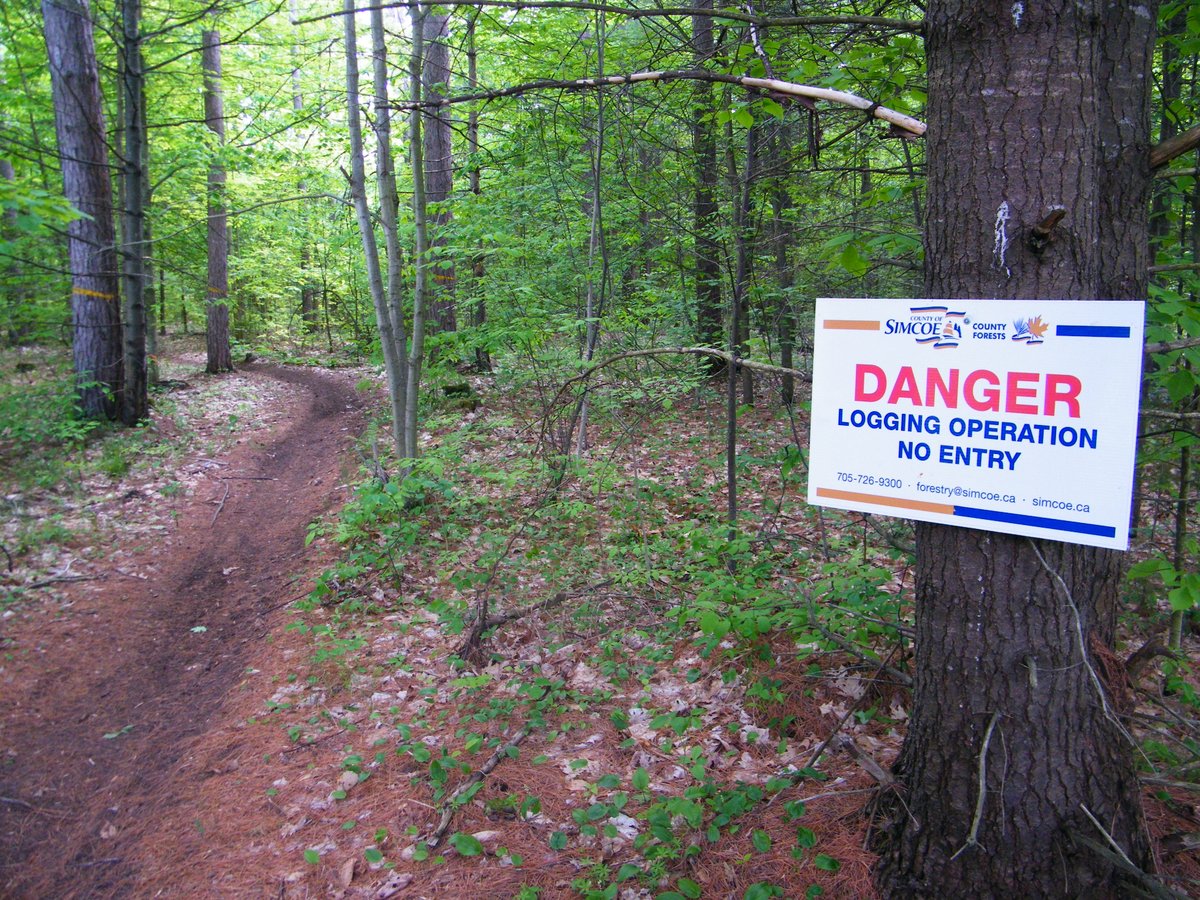 https://abs.twimg.com/emoji/v2/... draggable="false" alt="🌲" title="Immergrüner Baum" aria-label="Emoji: Immergrüner Baum">" title=" #GVRAT1000k day 121. Noticed that the loggers had moved on to another local forest & stopped by to see how it looked. They did a quite a good job of tidying up, though the ruts from the heavy equipment will take a while to heal. After & before pictures. #ThisWillBeAThread https://abs.twimg.com/emoji/v2/... draggable="false" alt="🌳" title="Laubbaum" aria-label="Emoji: Laubbaum">https://abs.twimg.com/emoji/v2/... draggable="false" alt="🌲" title="Immergrüner Baum" aria-label="Emoji: Immergrüner Baum">">
https://abs.twimg.com/emoji/v2/... draggable="false" alt="🌲" title="Immergrüner Baum" aria-label="Emoji: Immergrüner Baum">" title=" #GVRAT1000k day 121. Noticed that the loggers had moved on to another local forest & stopped by to see how it looked. They did a quite a good job of tidying up, though the ruts from the heavy equipment will take a while to heal. After & before pictures. #ThisWillBeAThread https://abs.twimg.com/emoji/v2/... draggable="false" alt="🌳" title="Laubbaum" aria-label="Emoji: Laubbaum">https://abs.twimg.com/emoji/v2/... draggable="false" alt="🌲" title="Immergrüner Baum" aria-label="Emoji: Immergrüner Baum">">
 https://abs.twimg.com/emoji/v2/... draggable="false" alt="🌲" title="Immergrüner Baum" aria-label="Emoji: Immergrüner Baum">" title=" #GVRAT1000k day 121. Noticed that the loggers had moved on to another local forest & stopped by to see how it looked. They did a quite a good job of tidying up, though the ruts from the heavy equipment will take a while to heal. After & before pictures. #ThisWillBeAThread https://abs.twimg.com/emoji/v2/... draggable="false" alt="🌳" title="Laubbaum" aria-label="Emoji: Laubbaum">https://abs.twimg.com/emoji/v2/... draggable="false" alt="🌲" title="Immergrüner Baum" aria-label="Emoji: Immergrüner Baum">">
https://abs.twimg.com/emoji/v2/... draggable="false" alt="🌲" title="Immergrüner Baum" aria-label="Emoji: Immergrüner Baum">" title=" #GVRAT1000k day 121. Noticed that the loggers had moved on to another local forest & stopped by to see how it looked. They did a quite a good job of tidying up, though the ruts from the heavy equipment will take a while to heal. After & before pictures. #ThisWillBeAThread https://abs.twimg.com/emoji/v2/... draggable="false" alt="🌳" title="Laubbaum" aria-label="Emoji: Laubbaum">https://abs.twimg.com/emoji/v2/... draggable="false" alt="🌲" title="Immergrüner Baum" aria-label="Emoji: Immergrüner Baum">">

